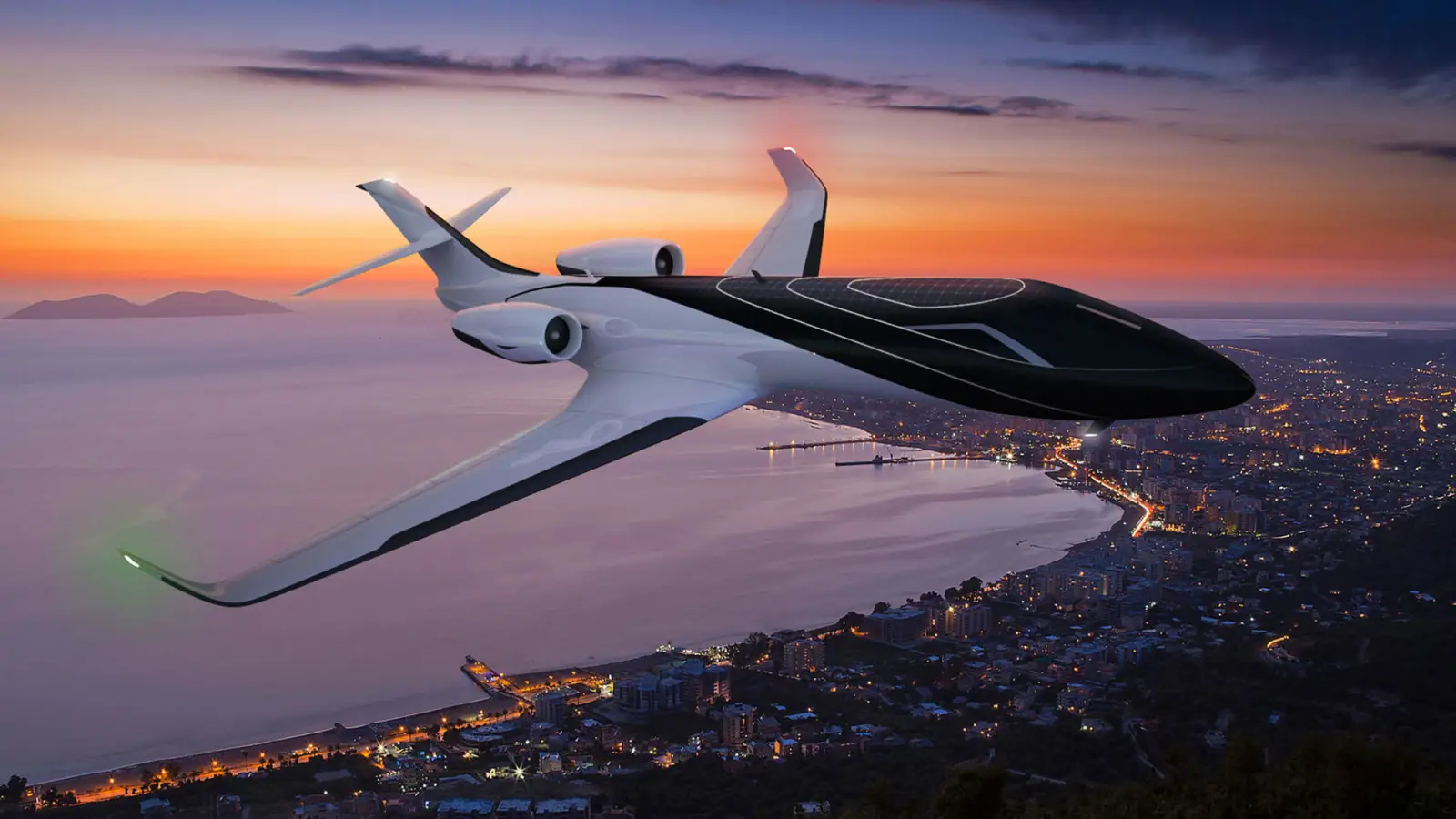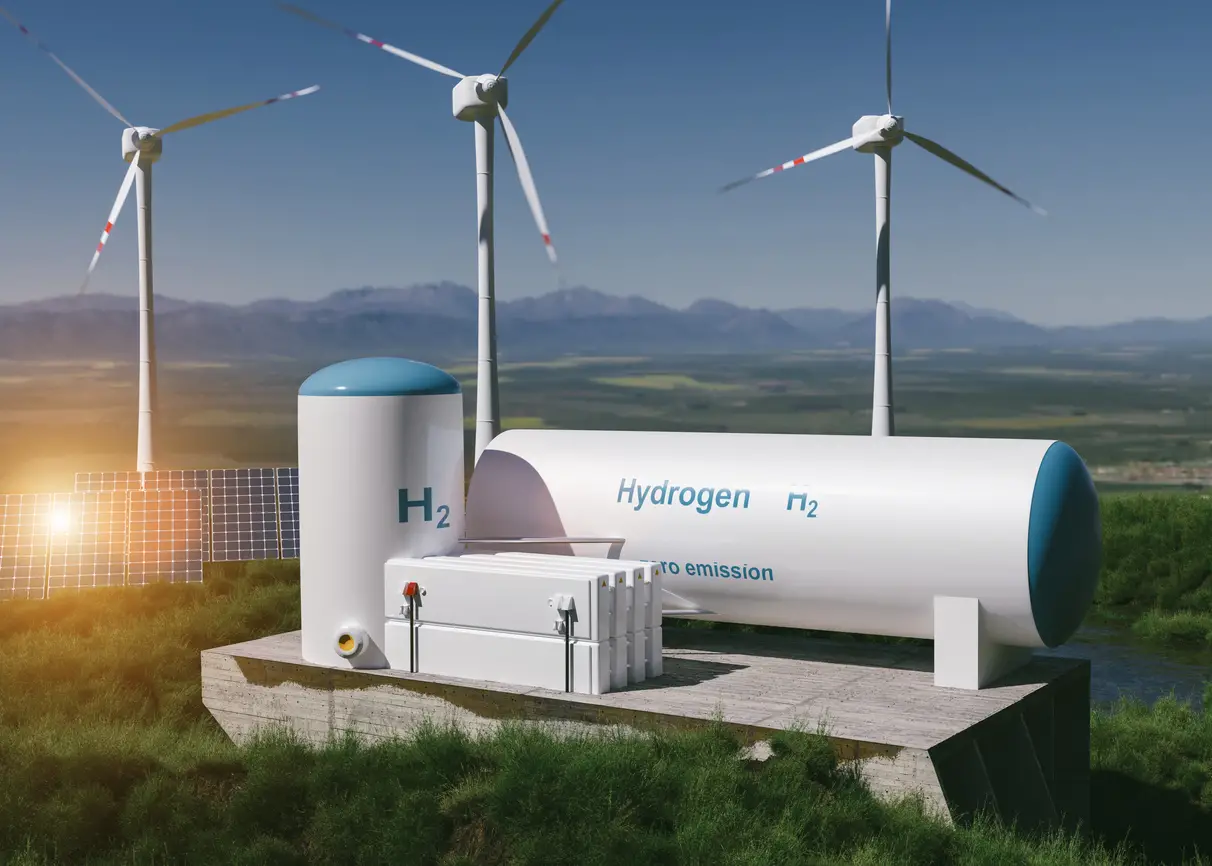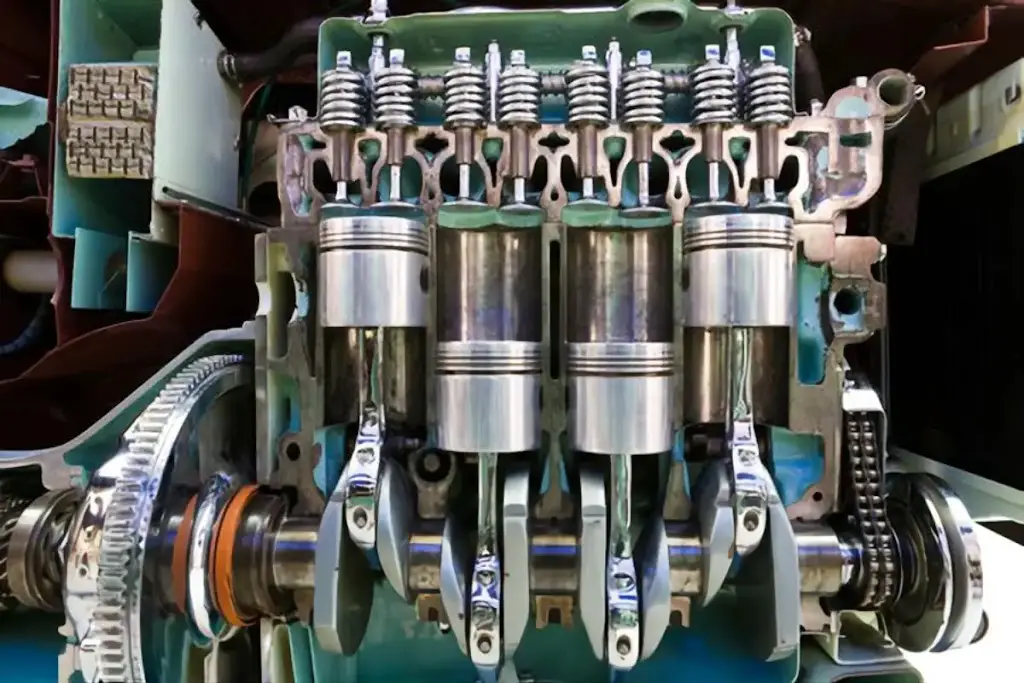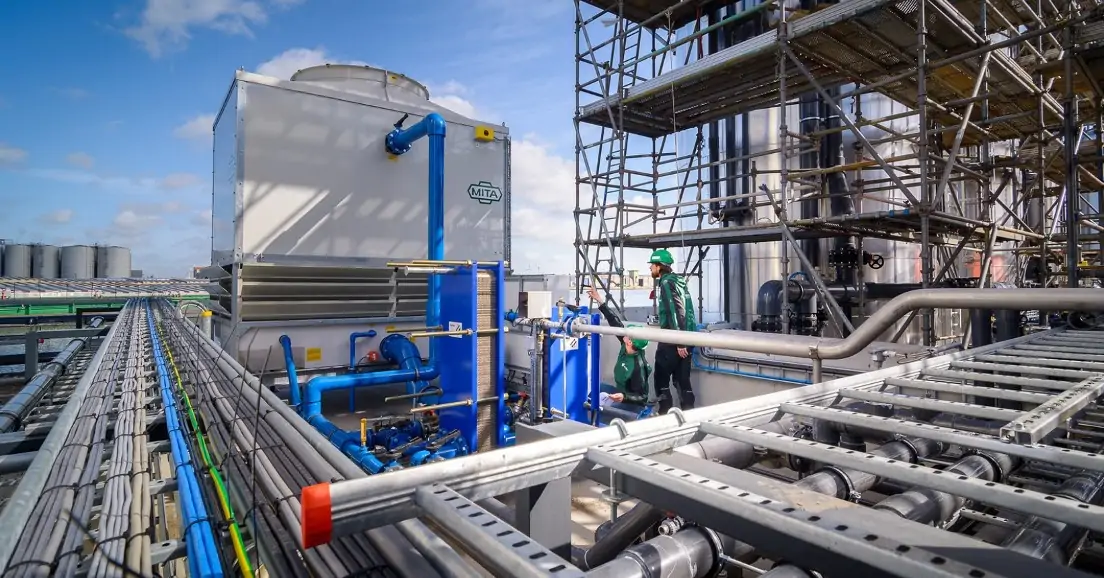The midnight launch of Alice, the “world’s first all-electric commuter aircraft,” marked a milestone in the development of electric aircraft. The manufacturer, Eviation Aircraft, celebrates the occasion as a significant step toward its goal of emissions-free, medium-range aviation.
Alice took off from Grant County International Airport at 7:10 am, and after an eight-minute flight, she reached a height of 3,500 feet (1,067 m). Eviation gained crucial information from the “pioneering” flight that will be used to perfect the aircraft before mass manufacturing begins.
“This is history,” Gregory Davis, Eviation’s president, and CEO told CNN Business.”We have not seen the propulsion technology change on the aircraft since we went from the piston engine to the turbine engine. It was the 1950s that was the last time you saw an entirely new technology like this come together.” – CNN
The flight, according to Eviation, was conducted to collect “invaluable data” that would aid in the company’s efforts to perfect the aircraft before it goes into mass production. There is a long way ahead, but progress is being made toward the day when electric aircraft carry holiday passengers.
“Today we embark on the next era of aviation – we have successfully electrified the skies with the unforgettable first flight of Alice,” said Eviation President and CEO Gregory Davis in the statement.
“People now know what affordable, clean, and sustainable aviation looks and sounds like for the first time in a fixed-wing, all-electric aircraft. This ground-breaking milestone will lead innovation in sustainable air travel and shape both passenger and cargo travel in the future.”
Features of Alice:
Alice will be capable of carrying a maximum usable load of roughly 1,135 kilograms for the passenger version and 1,180 kilograms for the eCargo version and will have a top operating speed of 260 knots (481 kilometers per hour).
Three variations of Alice are offered: a nine-passenger commuter, a classy and refined six-passenger executive cabin, and an eCargo model. Two crew members are supported by all setups. With the exception of the interior, the executive cabin and eCargo configurations are similar to the commuter configuration.
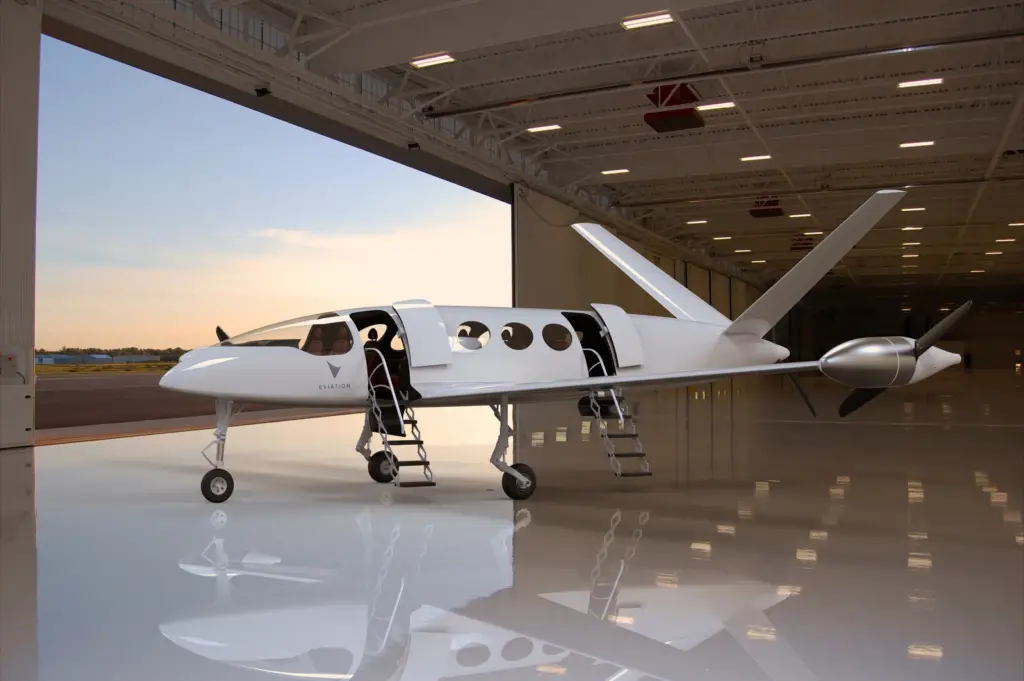
The only flight-tested electric propulsion system of this size, Alice, is propelled by two MagniX Magni650 electric propulsion units.
AVL (battery support), GKN (wings), Honeywell (advanced fly-by-wire system, flight controls, and avionics), Multiplast (fuselage), Parker Aerospace (six technology systems), and Potez are other significant suppliers (doors).
The very effective and infinitely upgradeable sophisticated battery system in Alice enables range expansions as battery technology advances. The aircraft also has one fly-by-wire cockpit, which increases system redundancy and dependability.
During her test flight, Alice undoubtedly dazzled, with test pilot Crane remarking that it was “amazing” and had handled as he had anticipated. What will happen to Alice next?
The road to certification
While getting an all-electric commuter jet airborne is a significant accomplishment in and of itself, the hard work for Eviation has just begun. According to Davis, this test flight would have offered a lot of crucial information that the organization could utilize to learn from moving ahead.
“Now we’re going to spend the next several weeks reviewing the data from the test and understanding what we need to do next.”
Alice, as we know it now, may not be the final version. The team will continue to make design and configuration adjustments in order to provide the precise aircraft that its clients and business partners need. Davis further added,
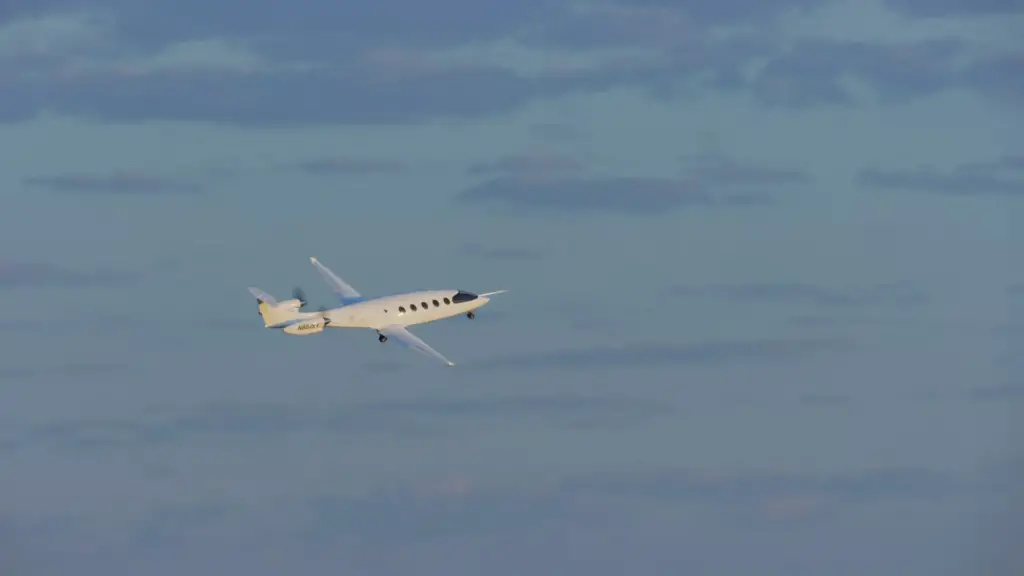
“We need to take this aircraft, learn from it, and make the changes that are necessary so that we can produce it and bring it to the marketplace in a format that suits our customers and, of course, the passengers and cargo that are going to fly on it.”
Davis and his crew will work tirelessly to produce an airplane that not only meets clients’ needs commercially but also meets the highest standards of sustainability. Two passenger carriers, Cape Air and GlobalX, have placed orders, while logistics giant DHL has committed to purchasing.
Technical Challenges faced
The business still has challenging issues to resolve before reaching this milestone, even though the flight test today seemed to go off without a hitch (apart from a short taxi away from the runway before takeoff and then back again to adjust a screen in the aircraft).
According to Davis, the batteries within the plane’s belly are the most urgent long-term technological issue. Perhaps while the business hopes to eventually fly for one to two hours across lengths of around 170 to 230 miles or even 288 miles, the energy that lithium-ion batteries can now store is insufficient at this time.
“The biggest tech challenge that Eviation has to overcome is the development of the batteries—that couldn’t be more clear,” Davis said. “It’s looking at the evolution of the chemistry and the physics around those batteries.
Of course, we are able to control how we integrate them and how we optimize them from a design perspective for the aircraft, but we really do need the industry to boost the energy density.”
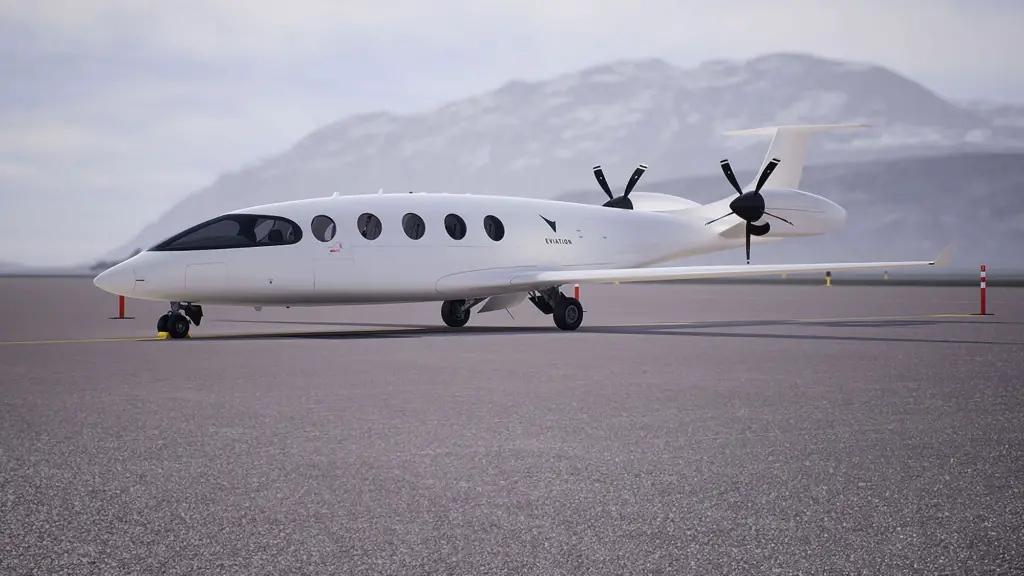
While getting the commuter aircraft certified under the FAA’s Part 23 and eventually shipping it to clients like DHL or Cape Air at prices that airlines can afford are the company’s remaining technical challenges, that may be its biggest one.
These include carrying out additional flight tests, building more aircraft, and conducting more flight tests. According to Davis, they plan to start delivering in 2027.
The electric airplane that has ever flown is not this one. Numerous small air taxis from firms like Joby Aviation, Beta Technologies, and others have previously flown.
For instance, in May, a flying vehicle from Beta by the name of Alia traveled through several stops from New York to Arkansas. Due to its future capacity to transport nine passengers, Eviation’s Alice aircraft positions itself in a somewhat distinct category from the air taxis operated by these firms.
When Can We Expect Alice’s First Deliveries?
It’s important to note that Alice is not a certified production aircraft; rather, it’s a prototype that has only been registered as experimental.
Eviation must put the commuter jet through a rigorous flight test procedure, receive Part 23 certification from the Federal Aviation Administration, and transfer it to its customers like DHL or Cape Air. Davis said the company plans to begin shipping products in 2027.
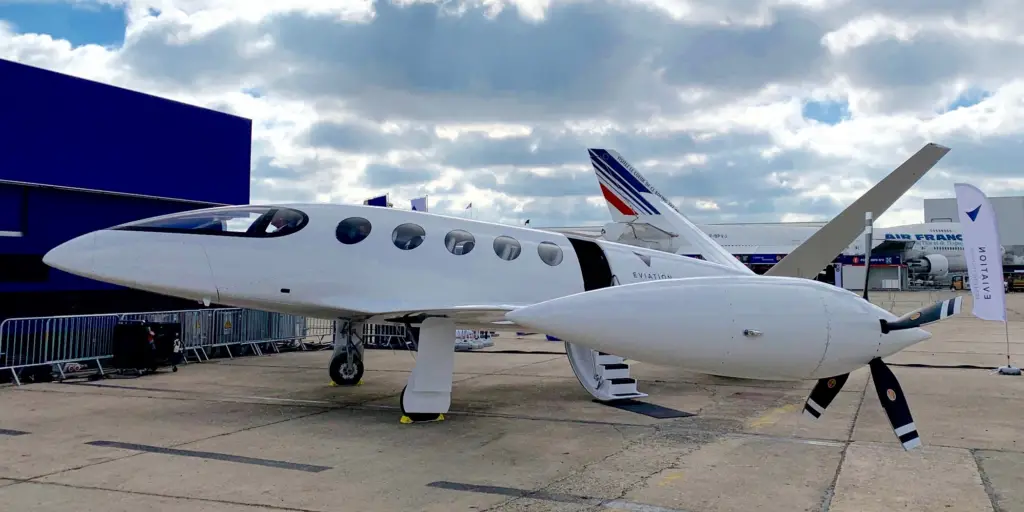
If the FAA authorizes Alice for passenger travel, it might make history as the first all-electric commercial airplane, as reported by The Seattle Times.
About Eviation Aircraft
Eviation Aircraft Inc., with headquarters in Washington State in the United States, designs and produces highly effective electric aircraft with the goal of providing a solution that is both competitive and sustainable for the regional movement of people and commodities.
It was built for an electric flight from the ground up, including its electric propulsion units, high-energy-density batteries, mission-driven energy management, and revolutionary airframe.
Ending Notes :
The maiden flight of Alice supports our conviction that the age of environmentally friendly aircraft has here.
The crew still had further immediate post-flight work to do on the trip, which saw the aircraft fly to a height of 3,500 feet and land at Grant County International Airport in Washington.
According to Davis, the trip generated a tonne of system data that Eviation must now analyze.
“We need to review it and understand how the performance of the aircraft matched our models—so we’ll be doing that over the next couple of weeks.”
In paving the way for the first zero-emissions long-distance air travel, Alice is the ultimate game-changer. This trip is a major step toward the goal of reaching zero emissions by the year 2050.

